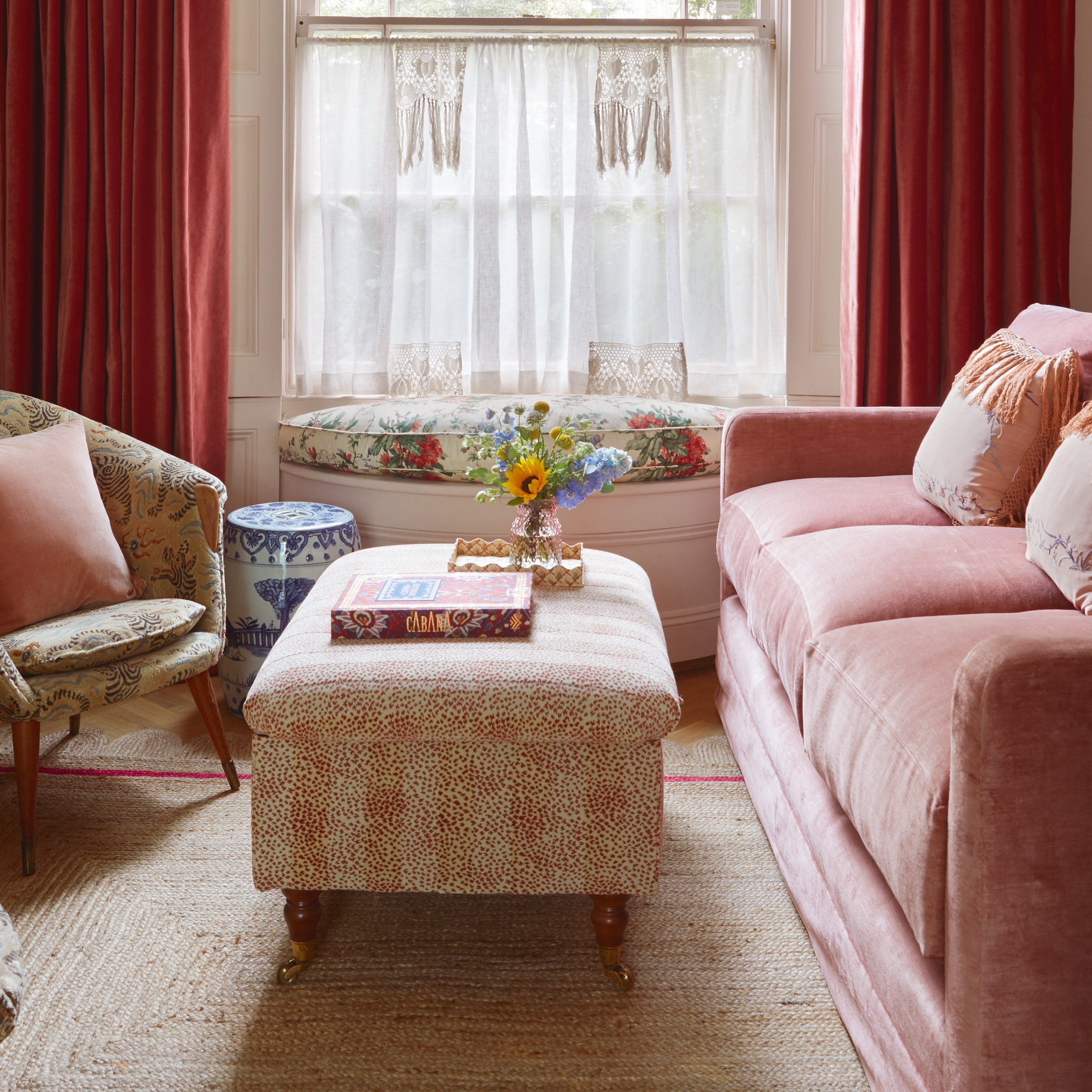Introduction
Shiro Kuramata’s lamp design is one of the most innovative and influential pieces of 20th-century design. The lamp’s unique appearance remains in high demand, and its design has inspired many generations of designers.
The Designer: Shiro Kuramata
Born in Tokyo in 1934, Shiro Kuramata was a world-renowned designer and architect. He emerged as one of the leading figures of the Memphis design movement, and his work was characterized by strong technological innovation and an artistic, sculptural approach.
The Design: The Lightness Series
Shiro Kuramata’s Lightness series of lamps is considered one of his most iconic designs. The design is characterized by a minimalistic approach, a sculptural shape, and the use of transparent materials. The Lightness series of lamps includes various transparent materials such as glass, methacrylate, and perspex.
The Lightness lamp
The Lightness lamp was first introduced in 1977 and is a perfect example of Kuramata’s minimalist design approach. The lamp’s base is made of a sheet of glass and a single fluorescent bulb. The lamp’s simplicity and transparency give the impression of floating in the air.
The Miss Blanche lamp
Miss Blanche is another lamp from the Lightness series, named after the character in the Tennessee Williams play “A Streetcar Named Desire.” The lamp is made entirely of transparent acrylic and is considered one of Kuramata’s most delicate creations.
Kuramata’s Legacy
Shiro Kuramata remains one of the most influential designers of the 20th century, and his work continues to inspire designers today. Many of his pieces command high prices at auction, and his innovative designs have become sought after by collectors worldwide.
Design Influence
Kuramata’s unique approach to design, combining technology and art, has influenced designers across the world. The use of transparent materials, in particular, has become a staple of contemporary design.
Architectural Legacy
Kuramata’s impact extends beyond furniture design; he was also an accomplished architect. His innovative designs often pushed the boundaries of what was possible with modern materials and techniques.



